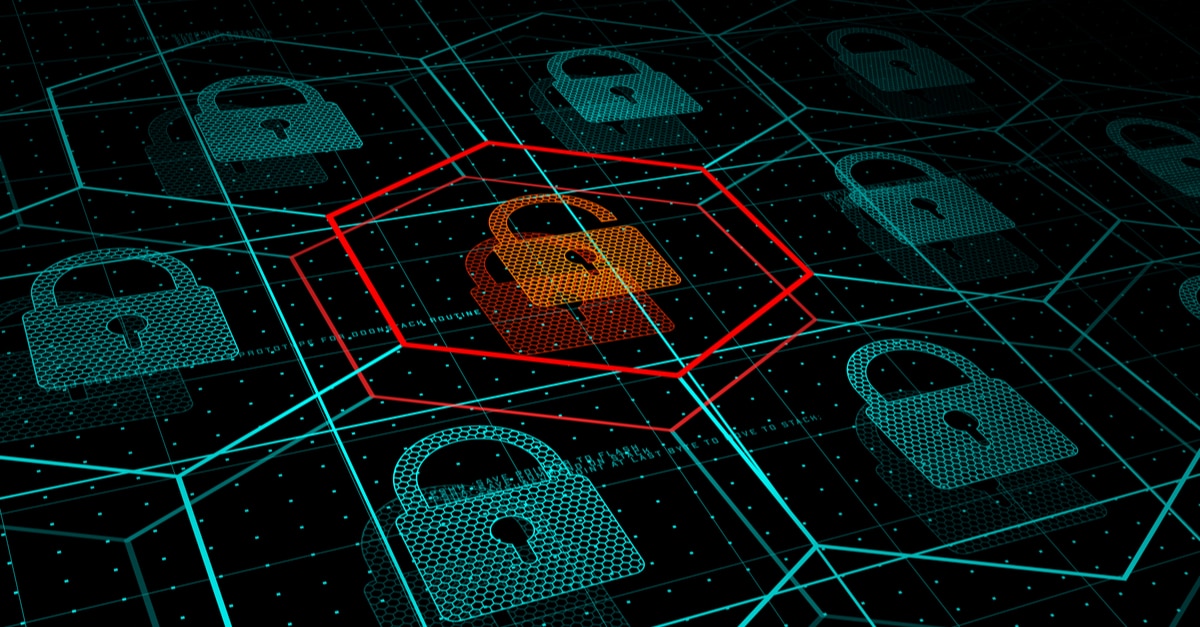
One of the major attractions of cloud computing for most businesses is its layer of security. The goal of heightened security is, for many businesses and their teams, a priority, especially when cybercrime is becoming gradually more sophisticated. As companies wrap their businesses in layers of protection, there still may be vulnerabilities to your IT operation.
One of the greatest layers of protection your business can afford is the awareness of your teams to be vigilant about best practice. In many business cultures this is referred to as a “human firewall”, such as IT specialist, ramsac, which describes how informed teams can outsmart cybercrime through a combination of training, best practice and awareness.
The presumption of cybersecurity is that criminality online is always changing and can, therefore, pose a threat to your IT. In response to new forms of criminality online, cybersecurity is an evolving conversation that surrounds modern operations.
Sometimes the threats are not immediate but can be emerging. For cybersecurity to outwit emergent threats, it needs to scale up to the challenge of foresight and awareness – the best line of defence is prevention, rather than reaction. The difference could shape the amount of damage to your business.
These are the top five emerging cybersecurity threats to mitigate:
Cybercrime is opportunistic. When it comes to your business’ data, one of the more frequent threats to cloud migration is how information can be leaked, lost or ransomed after an unauthorised breach. As a common threat to your cloud solution, a cybercriminal might manage to maliciously retrieve mission critical information from a business through backdoor access, or a program that can grab, copy and even transmit this data.
The ransomed data of these attacks are almost always sensitive or confidential to a business operation and the goal seems to be to extract value from corporate data via malicious breaches. This data might include health, financials, intellectual information, or anything sensitive to your employees.
Anything that stores company information should be adequately vetted. Oftentimes your solutions are secure, but the vulnerability of external, or third-party applications can be risky for your modern operation. Normally, with due diligence and careful research, you can avoid these types of nefarious threats by ensuring that your teams use applications that have been vetted prior to any unauthorised installations of apps.
It’s worth tasking your IT operator with continuously vetting applications, especially when they require patches and updates.
Accounts are too easily hijacked and can be the gateway for abuse to your system. The higher the account privileges the greater the concern for security. The most common breach, stolen passwords, can be the goal of fraud, phishing, or insecure gaps in your software.
Strong permissions management, with a record of authority, is one of the ways many businesses keep their data more secure. By assigning proper permissions and credentials to staff to enable them to do their job and keeping the rest secure, you can minimise the threat of data breaches.
Often cybercrime is associated with an external threat. Yet, malicious insiders can retrieve information or data with limited detection or could release harmful malware. McAfee, security professionals, discovered that roughly 43% of breaches come from within.
Damage could be incidental to human error, such as negligence. Or risks could arise from improper off-boarding processes that leaves your system open to the wrong people.
The major weakness in any organisation is lack of training. Indeed, many cybercrimes are external – yet human error is a causal invitation for outsiders to exploit, abuse and affect your business negatively.
Awareness and training, in strong measure, are both investments that can keep risky outsiders away from your precious data. Awareness is a company-wide task: this means training and educating should be embedded into your business culture. This will prevent any weak chains in your security.
Cloud migration is an opportunity for many businesses to evolve their modern operation. But, with this investment, comes the urgency to remain cyber-aware of emergent risks and threats that could negatively affect your operation. By keeping abreast of the new forms of criminality that are bubbling just beneath the surface, you can keep your business more secure.
By Dan May, Commercial Director at ramsac